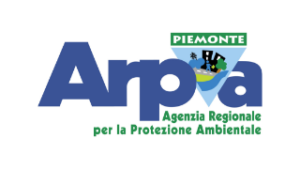
Teamwork:


Climate change in agriculture is offering new risk sce- narios also with respect to the introduction or greater development of pathogens or pest species of the crops. Among these, in Piedmont as in other cereal areas in Italy, there could be the development of mycotoxins that are harmful and dangerous to human and animal health (with carcinogenic, mutagenic and immunosuppressive effects), risking to compromise the health of the entire food chain. Of these mycotoxins, which are products of the secondary metabolism of some fungal pathogens, there have been analytical data for a decade, as they are monitored by the operators of the supply chain within the legal limits of presence thresholds, which determine the level of toxicological alarm. This phenomenon can represent a greater risk in particular conditions of tem- perature and humidity that occur at delicate moments in the development of the plant in correlation with the development of the pathogenic fungus. In the context of Land suitability for vegetation (forest, crops) with ARPA
PIEMONTE and CMCC we intend to analyze the poten- tial increase of fungal pathogens responsible for the pro- duction of mycotoxins (in particular Fusarium compared to deoxynivalenol or DON) starting from their idric and thermal needs and then place them in relation to the climatic series of defined ranges and years. At the end of this activity, predictions and maps in high resolution and in sample areas will be estimated on the develop- ment of the fungal pathogen and an evaluation analysis on the potential production of mycotoxins will be carried out. The output produced could be useful to the ac- tors of the cereal-zootechnical supply chain who must ensure the quality and healthiness of processed food products, allowing them to ultimately activate measures and policies to protect the sector, aimed at stabilizing fluctuations in market prices and hopefully to reduce the “technical” imports necessary to guarantee the quality standards of the cereal blends.
This use case is related to the previous use case called “Land suitability for vegetation”
Targets:
- Cereal farms
- Agricultural cooperative and Agricultural Consortia
- Mills
- Local Administrations
- Public Administration
Contacts: Elena Massarenti – CIA | e.massarenti@cia.it
Nicola Loglisci – ARPAP, Simona Barbarino – ARPAP, Monia Santini – CMCC

